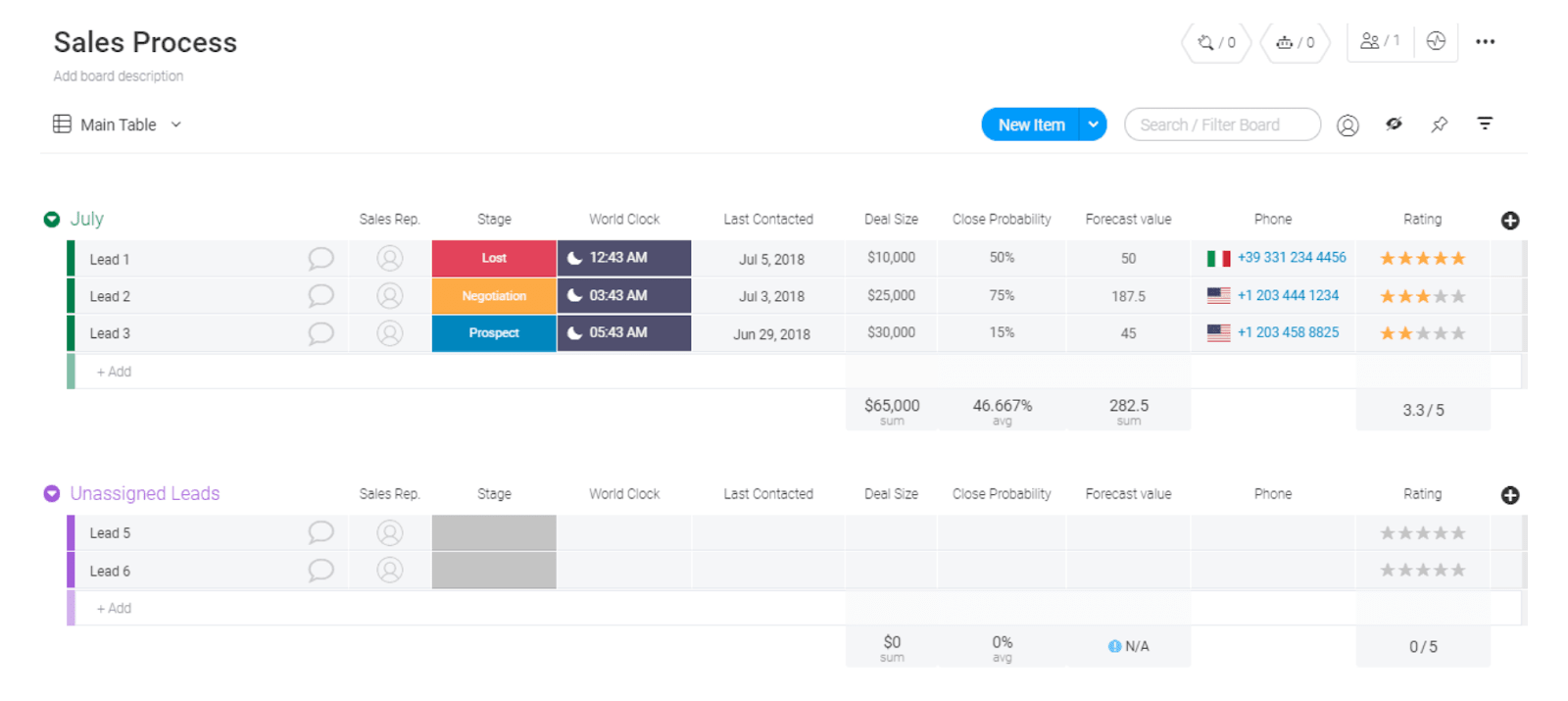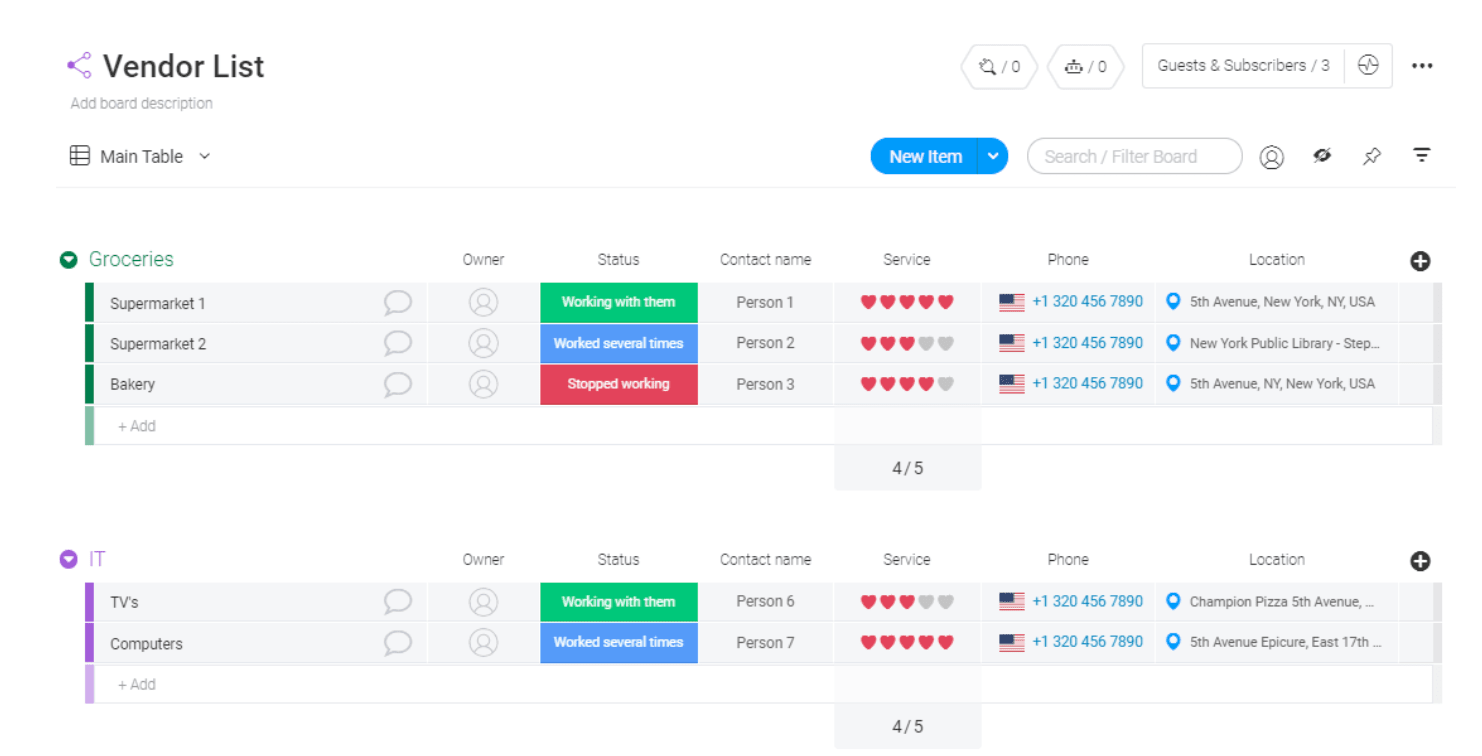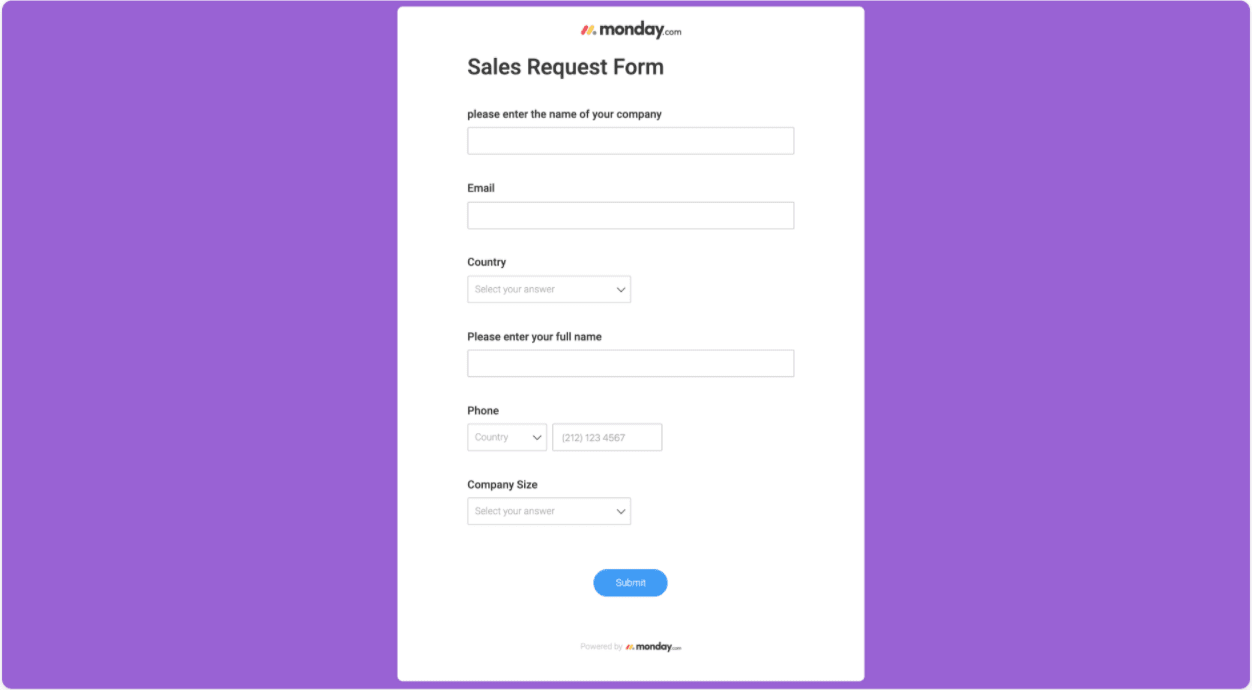You want to keep earning the revenue you’re earning, but you’ve only got so many people available to sell for you.
Sure, you could recruit, train, and employ more sales reps. Many businesses do just that. But your profit potential decreases when you’re paying more salaries and commissions. Not to mention that there are only 24 hours a day (and your sales team hopefully doesn’t work that much).
Luckily, expanding your sales team isn’t your only option for solving this benevolent conundrum. You could instead implement a channel sales strategy. In this post, we’ll talk everything channel sales: what it is — and isn’t — its benefits, when to use a channel sales strategy, and how to make one for your business.
What is channel sales?
Channel sales — also called channel marketing or indirect sales — is a method of distribution that uses third-party partners to sell your products for you. These partners are called channel partners.
Larger businesses with diverse product lines who want to reach new markets and scale often prefer a channel sales strategy, as they can effectively outsource some of their sales.
Channel sales vs. direct sales: what’s the difference?
As mentioned, a channel sales strategy involves distributing your product among various partners to target different audiences.
For example, Apple uses channel sales to sell its products. Just go to Best Buy, and you’ll see plenty of Macbooks and iPhones for sale. In this case, Apple has partnered with Best Buy as part of their channel sales strategy.
On the other hand, direct sales involves selling to the customer without a middle party.
Apple uses direct sales as well. Hop on Apple.com or head to an Apple Store, and you can buy Macbooks and iPhones straight from Apple.
Many companies employ both methods as part of their sales strategy. That said, most smaller businesses stick with direct sales for a while. As they expand their product line and feel the urge to enter new markets, they often add channel sales.
Sales channel examples
Here are 6 different ways you can set up channel sales:
Affiliate
Affiliates promote your product online through various means, such as
- Blogging
- Social media posting
- Creating YouTube videos
- Writing reviews
And many more.
To track your affiliates’ sales, you give them a unique tracking URL they can use to send traffic to your product.
Every time an affiliate of yours makes a sale, you hand them a cut of that sale’s revenue. Most companies operate affiliate programs on a percentage commission basis. Some also add bonus opportunities for their affiliates.
One of the most popular examples of an affiliate program is the Amazon Associates Program. Affiliates get a cut of any Amazon products they sell through their tracking link.
Agent
Agents are an intermediary party that doesn’t own your product or service at any time of the process. Instead, they facilitate negotiations and deals between both parties.
Look at a real estate agent. They help sellers find and negotiate with buyers, or they help buyers discover homes that fit their criteria and also negotiate with sellers. However, the agent never owns the home.
Dealer
Dealers sell products directly to the consumer, but with a focus on a specific brand.
Think of a car dealership. Sure, a dealership might have a few cars from other brands due to trade-ins, but they primarily sell cars from one manufacturer or brand.
For example, a Ford dealer stocks its lots with Fords. You won’t find many Dodges, Kias, or BMWs on a Ford lot.
Independent retailer
Independent retailers are retail stores that don’t belong to a larger chain.
An example would be a local electronics store, founded by a local tech whiz, perhaps. This store would sell several brands of electronics, but without any ties to a larger electronics retailer like Best Buy.
Value-added reseller
VARs buy your product, then resell it with markup for profit margin. However, they add value in some way to justify the increased price.
Car dealers can be VARs. For example, most dealerships provide you with a loaner car while yours is in the shop. Or they may offer extended warranties and similar products on your vehicle.
Another example is furniture companies. They might add value to their products by offering interior design services or home delivery.
Wholesaler
Wholesalers buy products in bulk and work to sell them to stores. Stores then put them on shelves and sell to the end customer. For obvious reasons, wholesalers are only useful for product businesses.
This isn’t an exhaustive list of channel types. Once your channel sales program starts growing, it gets tough to juggle so many kinds of partners.
The benefits of channel sales
Check out these 4 benefits of embracing channel sales:
1. Lower distribution, marketing, and sales costs
Working with channel partners cuts into your profits since the partners take a cut. However, partners already have their processes in place, and they’ve established presences in their markets. Working with partners cuts these overhead costs, offsetting the reduced profits that come from working with channel partners.
2. Ease of entering new markets
Again, channel partners should have strong presences in their markets. If a potential partner is in markets you don’t already sell to, they can help you get into those markets fast. No need to perform research, create buyer personas, and build a marketing campaign from scratch. Plus, you won’t have to build new offices in other locations or hire as many more people, either.
3. Credibility boost
If you work with a reputable channel sales partner, your product gains some easy credibility. For example, if you sell electronics and manage to get your products onto Best Buy’s shelves, you’ll gain an instant credibility boost.
4. Scalability
Scaling with a direct sales model is costly, even if you keep more of your profits. You have to recruit, onboard, and train each new sales rep. If you have an established, working channel partner program, just add more partners and scale for less. This reduces your need to hire more personnel. All you need is one channel sale manager to handle several partnerships at once.
In fact, they can repurpose this client management template for each partner and manage all your partnerships with ease.

When is it time to use channel sales?
Not every organization will benefit from a channel sales strategy. In most cases, smaller organizations start with a direct sales strategy, then evolve into channel sales.
Here are some ways you can tell the time is right:
When your product is mature
Early on in a product’s lifespan, direct selling works better. You can get large amounts of feedback in little time, guiding product improvement. Once your product is nearly as good as it can get, channel sales is the better approach. Selling your product takes priority over developing it. Also, you’ll understand your own product more and explain it better to partners.
When your sales process is simple and standardized
When your sales process is simple and standardized, it’s easy to explain it to channel partners. Plus, knowing all the relevant information — buyer personas, pain points, and so on — makes it easier to teach your partner how best to sell your product.
Plugging your sales process into monday.com’s sales process template sure helps here.

Whenever your partner needs a refresher, they can just log in and glance at the process.
When revenue isn’t urgently needed
Partnering with other companies leaves you with less control over the sales cycle. Sure, you may cut distribution, marketing, and sales costs, but sales revenue may take longer to arrive. When you need revenue asap — which, again, is often the case for smaller businesses — direct sales is best. But once things are more stable, channel sales is often the better option.
How to create a channel sales strategy
Here are 5 steps for launching your channel sales strategy:
1. Pick your partners
Don’t pick your partners lightly. There’s a lot to consider.
First, how will you make money off your partner? Look over the costs, revenues, and predicted “maintenance” required to keep the partner relationship going.
But don’t forget to consider how your partner will make money. Your partner cares more about themselves than you, so you’ll need to persuade them they’ll make money.
Here are some ways you can benefit a channel partner:
- Your product complements their offering. For example, if you sell software for a particular electronic device, partner with a company that sells that device.
- Your product diversifies their product portfolio. If you make electronic devices, your product might expand Best Buy’s product portfolio.
Benefits go beyond money, though. Consider other things your partner might bring you, such as
- Credibility/brand name
- Expertise
- Convenient geographic locations
Next, find out the following from your potential partners:
- USP (unique selling proposition)
- Best customers
- Growth drivers
- Values/culture
- What’s important to them in a partner
Altogether, you want to make sure your partner has a target market and can sell to it effectively.
To make this whole process easier, consider repurposing this vendor list template on monday.com to track the partners you’re evaluating.

2. Set clear partner commitments and goals (and write them down)
You and your channel partner should be on the same page about the goals and responsibilities of the partnership.
Write up a document that consists of goals, objectives, and other pertinent information like
- The target market
- ROI estimates for both parties
- Which partner is responsible for what (including work to perform and resources to use)
- Marketing tactics and strategies
Write it all down in some crm software, too, so you can collaborate with your partner and get their input.

You should also set up protocol for communication: the when (frequency), the how (method), and the what (report, review, etc.).
When you have that in place, think about storing it using this monday.com project communication plan template. That way, you and your partner can check it out at any time.

3. Introduce your team to theirs
Your team will be working together with the partner’s team, so start on a strong note with introductions. Doing so helps build trust between you and your partner.
In particular, introduce your sales force to theirs. They’ll be working together, after all.
Introduce your product managers to your partner as well. Your partner can offer frontline feedback to your product manager, who can bring that back to your company.
Use a collaborative platform like monday.com so that everyone you introduce across organizations can keep in contact with each other and stay on top of important business data.
Intuitive chat features go a long way.
4. Teach and train
Your partner needs to know your product, your market/industry, and your sales strategies. Let’s cover these one-by-one.
First of all, your partner needs to know your product as well as you do, if not better. Train them on using your product, teaching them everything possible about it.
Once trained on your product, impart your industry and market expertise on them. Provide your partner with all your customer data and intelligence.
Keep on top of market and industry trends, too. Doing so makes it easier for the partner to focus on selling.
Lastly, train your partner on your sales process and strategies.
To keep things running smoothly, continue to stay in communication with your partner and proactively address potential problems.
5. Gather partner feedback to improve your strategy
Continual improvement is the name of the game for all things business, including your channel sales strategy.
Gather feedback from your partner regularly to improve your relationship.
Here are some ways to gather feedback:
- Conduct Interviews
- Have in-person discussion
- Send out surveys
On that last one, you can make surveys with ease in monday.com with the form creation feature:

Continue to test new tactics with your current partner and implement feedback. Apply that feedback to your relationships with other partners, too.
Conclusion
Getting into channel sales seems daunting, especially if you’ve only used direct sales to this point.
But the possible benefits outweigh any challenges if you’re looking to scale your business and expand into new markets. You can outsource your sales team growth and keep costs down while boosting sales. Maintaining a healthy relationship with your channel partners is vital to a successful strategy. A Work OS like monday.com helps keep all relevant stuff in one place, from your sales process (to share with your partners) to your partner management (for your partnership manager’s eyes only).

